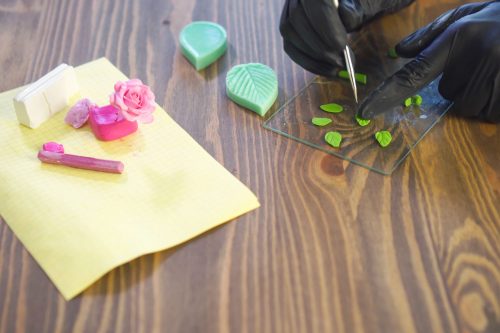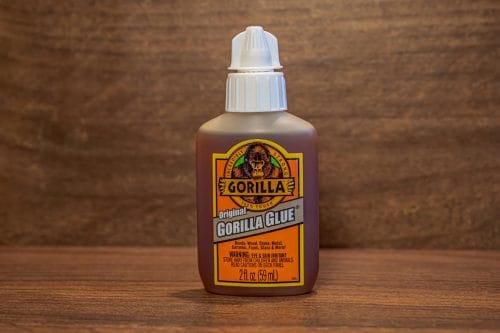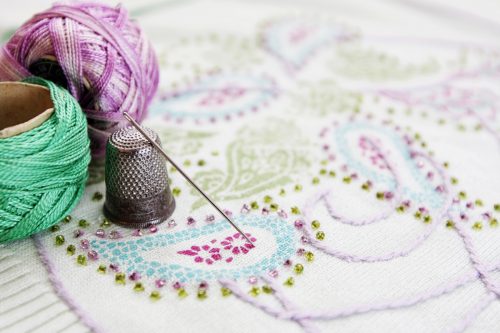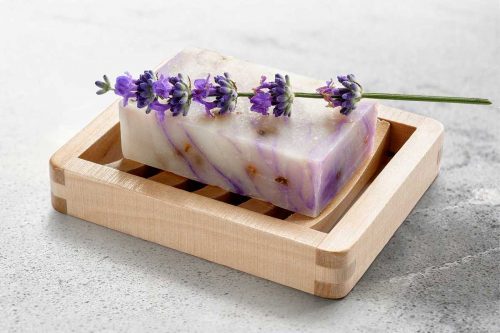Finding the right adhesive for your craft project can be tricky at times. For example, do you want to add rhinestones to a drawing or glue other 3D pieces to your surface but don't know if hot glue is viable? Is using hot glue safe on paper? What about cardboard?
Luckily, we've done plenty of searching and have these answers below!
Yes, you can certainly use hot glue on paper surfaces. Since hot glue dries pretty quickly and doesn't tend to react poorly to thinner paper materials, it is completely fine to use it for your project.
Furthermore, you may prefer a smaller glue gun for paper crafting or try finer glue sticks. That should help prevent hot glue from dripping and sticking to areas you don't want.
As we start this article, we will cover all things using hot glue on paper and give some other tips and tricks. Whether you're trying to make paper flowers, rhinestone some artwork, or anything else paper-related, we're here to help. With that said, let's dive right into this topic!
Can I Use Hot Glue On Paper?

Yes! You can use hot glue while working with paper surfaces. Generally, you want to use finer glue sticks and smaller glue guns when dealing with paper, as it cuts back on the mess.
Depending on the type of project you're working on, it could be better to go as thin as your gun will hold. Many DIYers choose the finer glue route as it helps prevent dripping, strings, and damage to the rest of your paper.
Unlike fabric or a thicker surface, paper can rip easily if you try and remove hot glue from it. Therefore, you want to focus on the precision of your glue gun to keep your project from getting ruined.
It's also worth mentioning that hot glue works best on coarse, textured surfaces and materials. So, even though your paper is thin, its texture will hold the bond quite well.
Additionally, the paper might help the glue to dry faster, as it's very dry and absorbs moisture well, so there are some added benefits to doing this.
How Do You Use Hot Glue On Paper?
Now that you know you can easily use hot glue for paper, what's the best way to do this? Well, you first want to make sure your glue gun and sticks are working.
We recommend testing the gun on scrap paper before touching your project. Sometimes, the first round of glue will be chunky or too stiff, so try and let your gun heat up for a minute or two.
Next, outline the shape you need to glue. Whether it's a circle, square, hexagon, or whatever else: try and create a blueprint to follow with your adhesive.
Crafters will use their guns along the outline, skipping the inside section. Hot glue is sticky and doesn't need to be used excessively to bond two things together.
Therefore, try and follow a less is more attitude with your products.
As we mentioned, it might also be helpful to purchase smaller glue sticks and work with precision guns rather than larger ones for general crafts.
Here's a helpful video showing someone using hot glue on paper for you to watch:
You can see how this DIYer went with a finer tip glue gun, which gave them more precise gluing than a traditional option. The thinner, the better!
KeLDE Dual Temperature Fine Tip Hot Glue Gun
This glue gun has a fine tip design, is corded electric, comes with ten glue sticks, is perfect for crafts and minor repairs, and comes with a 12-month worry-free warranty.
Check out this glue gun on Amazon.
Will A Hot Glue Gun Burn Through Paper?

Most times, you shouldn't notice hot glue burning through paper. Since the glue isn't on fire or hot enough to disintegrate paper products, you should see it create a top layer instead.
Like dripping wax onto paper, you'll usually get the same effect with your hot glue gun. Specifically, many experts recommend using hot glue for parchment paper, as it's heat resistant.
Hot glue is perfect for crafts because it isn't too potent. You can consider hot glue more like an alternative to room-temp adhesives, which aren't as fast to dry and use.
Hot glue also offers better precision since you have a gun to applicate it with. Compared to a bottle or using a brush for your gluing, a gun seems to be the most efficient choice (paper included).
Of course, that's not to say super light paper won't experience problems with hot glue. For example, using hot glue on super thin paper might lead to burning or at least bunching/tearing.
Therefore, you want to try and keep it on thicker, coarser papers, as we recommended above.
How Long Does It Take For Hot Glue To Dry On Paper?
![Woman using hot glue gun to make craft at wooden table, Can You Use Hot Glue On Paper [And How To]](https://craftsbliss.com/wp-content/uploads/2023/01/1Can-You-Use-Hot-Glue-On-Paper-And-How-To.png)
You can usually expect hot glue to dry on paper within ten minutes. However, that will be dry enough to move your artwork or material, not meaning it's 100% dry and set.
Generally, hot glue takes around 12 hours to cure fully. During that initial 12 hours, you will notice the glue harden and take its final form. Depending on the application's thickness, some glue will dry faster or slower than others.
For example, if you use thin glue sticks and use a precision gun, expect less waiting for the glue to harden. In contrast, if you use a thick or traditional-size glue gun and sticks: your wait time will be 12 or more hours.
Of course, you can move your project around or continue working after about ten minutes. Therefore, you don't have to wait half a day to finish your masterpiece.
Every material and surface is different, so not all dry times are the same. Also, the climate where you have the glue will affect its overall hardening timeline.
Cooler weather is best, while hot and moist conditions can extend the wait.
Does Hot Glue Work On Cardboard?
Yes! Another surface that works well with hot glue is cardboard. Since cardboard has a coarse texture, this makes for a perfect medium for hot glue to settle.
As we covered earlier, hot glue needs to grip a surface. Therefore, the rougher cardboard box you're using it on should be perfect. You may see better hot glue on cardboard than paper because it's thicker.
Typically, thicker materials and surfaces work best for hot glue, as it won't seep all the way through them. Regular paper is sometimes too flimsy to work with while hot gluing, so cardboard might be your preferred surface.
Again, these all fall into the paper product blanket, meaning hot glue is an option. According to pros, hot glue can essentially bond cardboard to any other surface.
That means you can venture off into using various mediums for your artwork besides paper and still have them all stick together. Once the hot glue hardens, you should have a pretty permanent result.
What Does Hot Glue Not Stick To?
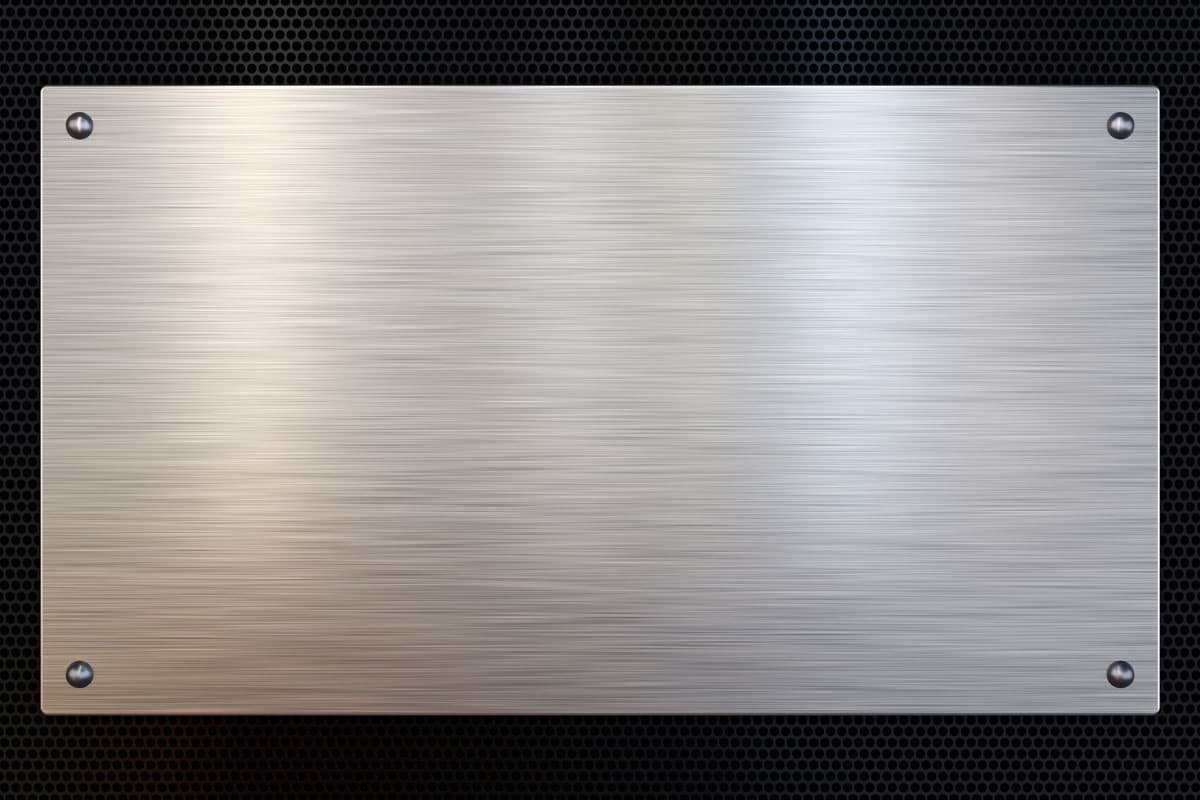
Now that you know which surfaces hot glue can stick to, what about the ones it can't? Generally, we don't recommend hot glue for very smooth surfaces, like metal, silicone, vinyl, wax, or greasy and wet surfaces.
That's because your adhesive won't be able to harden properly on slippery or oily materials. Hot glue is better suited for coarse, matte objects and projects and will dry easier/faster on them.
Especially when it comes to working with plastics like silicone, it can be impossible to get your hot glue to stick and settle.
Since most crafters try to use hot adhesive on their plastic projects, it's understandable why many newbies also try and become frustrated with this.
With that said, you might be able to find glue sticks for your gun that works better with slippery materials, but this isn't foolproof. The last thing you want is to accidentally warp or melt your project with hot glue, only to have it fall off a day later.
Is Hot Glue Permanent?

Yes. Overall, hot glue will be pretty permanent once dry. Some experts compare the bond of dried hot glue to that of epoxy glue, which means it is pretty sturdy long-term.
On top of that, you can also find glue sticks that advertise a permanent stick. Since not every formula will last years on a surface, it might be better to choose a more long-lasting product.
However, your hot glue should stay together once dry, regardless of the ingredients. That's because the glue hardens and bonds the two surfaces together, often creating a permanent adhesion.
In addition, your hot glue will be easy to use and stick to almost every surface (unless super wet or slippery), making it a versatile bonding choice.
Many crafters see their projects stay intact once the hot glue dries, so this is a permanent decision. It's also tough to remove hot glue from a surface, so water and other factors shouldn't cause the bond to weaken over time.
To Finish It Up
Whether you have an art project to finish or want to make a minor repair, using hot glue should be a viable choice. Specifically, we found that hot glue works perfectly on paper products, from thinner paper to cardboard.
That's because the paper has a coarser texture, allowing the glue to attach. Once your hot glue hardens (usually within 12 hours), that should leave your project with a permanent result.
Again, we recommend using finer-tip glue guns and thinner sticks for paper gluing, so keep that in mind while shopping for supplies!
And while we have your attention, check out these helpful related articles below:
Can You Use Hot Glue On Glass? [And How To]


